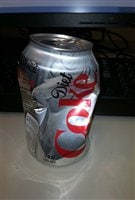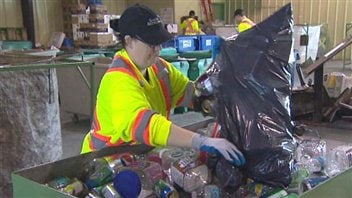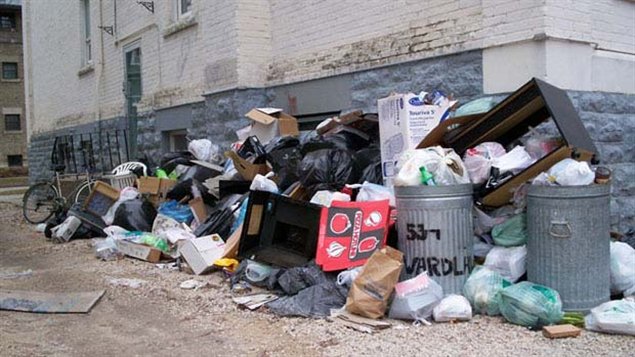For years we’ve been getting the message to recycle. Yet many items that could be recycled are still ending up in the garbage stream and heading to rapidly landfills which are rapidly being filled up.

Cormie Chair, marketing
© University of Alberta,
School of Business
A new study of our habits shows that we seem to think anything damaged or that aren’t whole—such as small or ripped paper or dented cans—are useless, and this leads users to trash them rather than recycle them
Jennifer Argo and Remi Trudel of Boston University are co-authors of the study. Professor Argo holds the Cormie Chair of Marketing at the University of Alberta’s, School of Business
ListenAccording to a 2008 report by Statistics Canada, there is almost total participation in recycling programmes (97%) among Canadian households that are striving to be more concerned about the environment
But other recent statistics indicate Canadian households still produce 13.4 million tonnes of waste, of which nearly three-quarters ended up in landfills. While the other quarter (approximately 3.6 million tonnes) gets sent for recycling
What’s stopping people from recycling more? Some of it is misconception and confusion about what can be recycled, but the study by Professor Argo and Remi Trudel, showed that its also about perception.

crush tins to fit more
into recycling bins, but
if we get a can already
damaged, it’s likely to
be tossed in the garbage
© courtesy Argo-Trudel
They found that items that were damaged, like crushed tins, or broken bottles, would tend to be thrown in the garbage, although both are perfectly recyclable.
Surprisingly, people often crush the tins or plastic bottles to make more room in the recycling bin, but if the product is already damaged beforehand, there is a strong tendency to put it into the dustbin.
“People see it as a damaged good that is not useful anymore in any way—what can you do with a crushed can?” Argo said. “If the can came to you crushed and you had to make the decision, our research shows that it’s going in the garbage.”
In their study, they found that smaller bits of paper would also end up in the garbage instead of recycling bins, again apparently because the perception is that a small or torn bit of paper is worthless.
It seems that we have been brought up with the notion that anything damaged has lost its worth, and therefore becomes garbage.
“We can change the way products look. We can change the way people perceive them too in terms of their usefulness,” she said.
Professor Argo stresses the challenge to recycling is largely about changing people’s beliefs, along with an understanding of what can be recycled.

kept 167-million drink containers out of landfills so far this
year. Still, on average Canadian only recycle about 27% of
household waste © CBC
She says policy-makers need to step up efforts to encourage recycling, and compost as much of household goods as possible. Size and condition are artificial determinants. Incorporating repetitive messaging from producers encouraging recycling is important, she notes, but so is looking at changing packaging, so it doesn’t need to be destroyed to get at the product inside.
We can change the way products look,” she said “ and we can change the way people perceive them too in terms of their usefulness,”
. “I think it’s worth the investment because I have no doubt in my mind that people will recycle it to a greater extent than they currently do.”







For reasons beyond our control, and for an undetermined period of time, our comment section is now closed. However, our social networks remain open to your contributions.